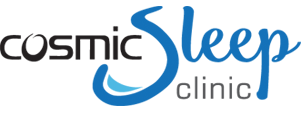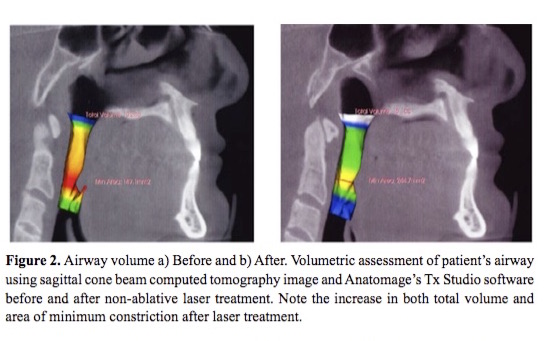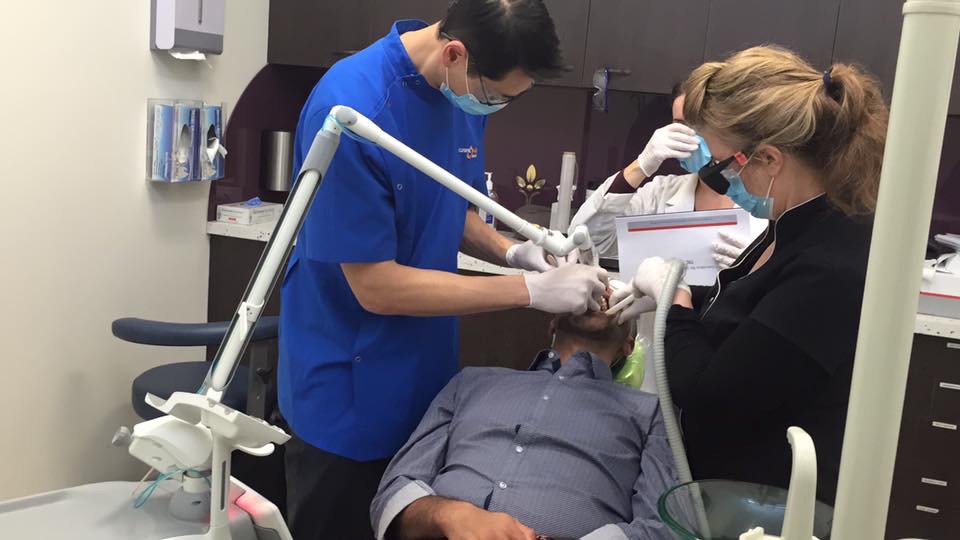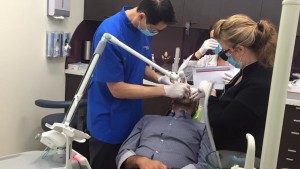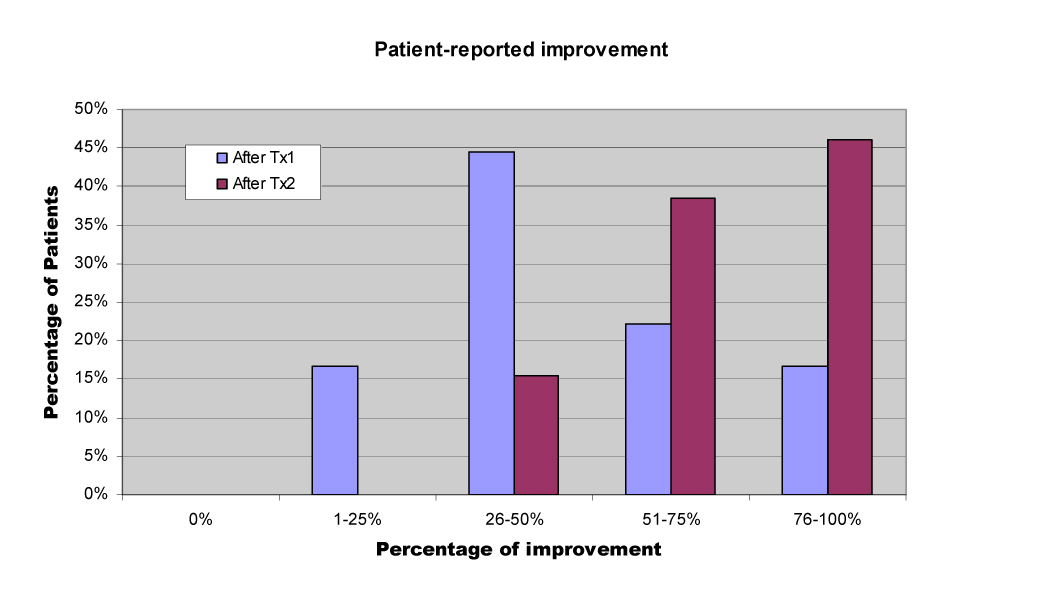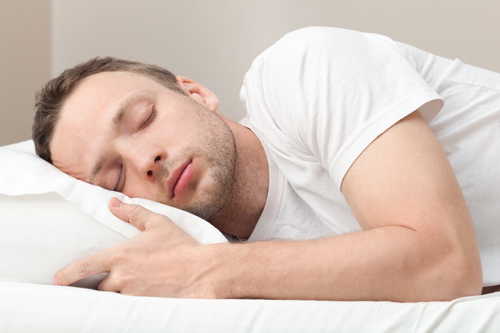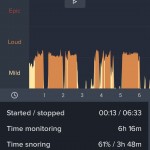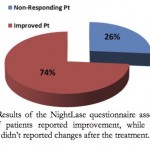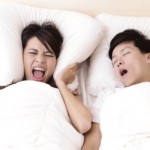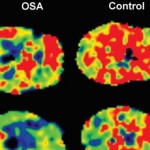Rate Your Snoring
1 You purr like a Kitten (Sleep easy with no snoring)
3 Jekyll and Hyde (You only snore when you drink or eat certain foods)
5 When did you start mowing the lawn at night? (You are irritating but almost bearable)
7 Did you move next to the railway? (You keep your partner awake)
9 You have weird bruises on your body (Your partner keeps hitting you in your sleep)
10 You wake the neighbours with your snoring! (Your partner has left you)
Grab a copy of the SnoreLab app on iPhone and Android to really see what your snoring is really like.
read more